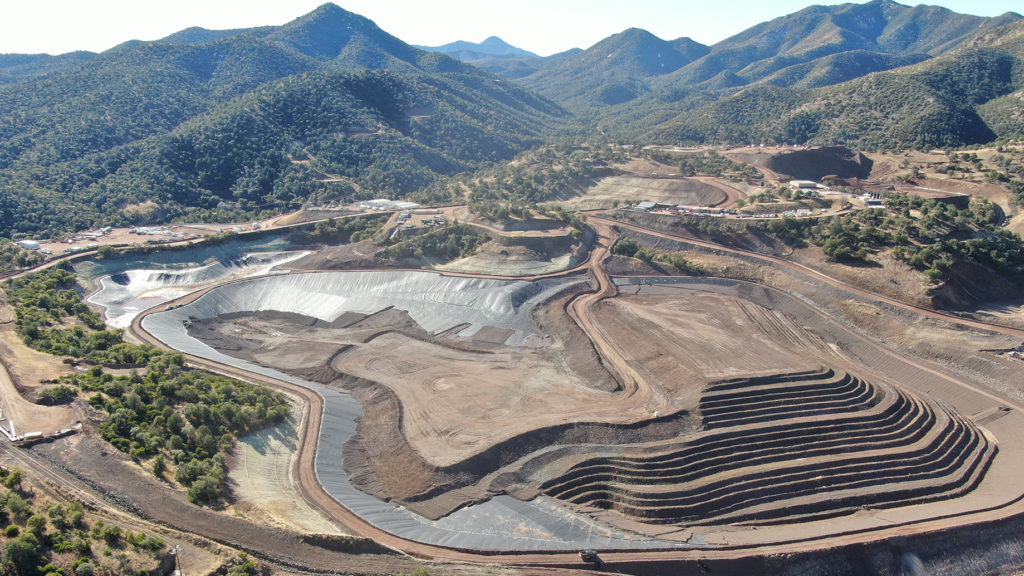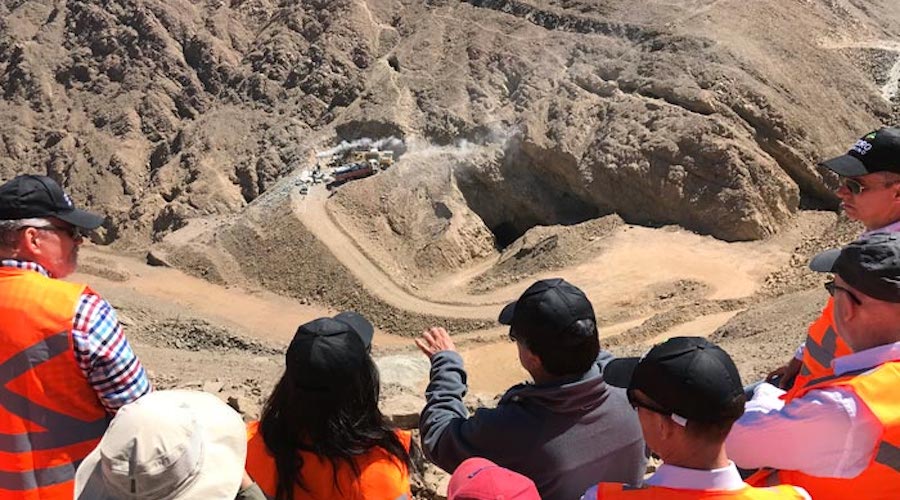South32 aims for downstream production of battery chemicals

Australian diversified miner South32 Ltd will consider moving into the production of manganese sulphate in the United States to take advantage of growing demand from the battery sector its chief executive said on Thursday.
The Perth-headquartered miner is already leading producer of manganese, mostly used as a hardening alloy in the steel industry, from its operations in Australia and South Africa.
Miners such as BHP Group are adding to their profit margins by early stage processing of their ores to turn them into chemicals used by the battery sector.
Over the coming years, South 32 plans to develop its large Clark manganese oxide deposit at its Hermosa project in Arizona, CEO Graham Kerr said.
The United States has set itself up as the most attractive destination for critical minerals investment, with tax breaks and grants among its incentives, and easier regulation than jurisdictions like the European Union and Australia, he said.
“Whether it’s us or Rio (Tinto)… everyone has opportunities to invest money in every jurisdiction,” he said.
The United States last year introduced tax incentives to increase domestic production of critical minerals, as it attempts to decrease its reliance on China.
Australia is a major supplier of lithium, cobalt, rare earths, copper, graphite, and manganese, known collectively as critical minerals and all vital for the shift to a greener economy.
Their processing is mainly carried out in China, where they are transformed into materials used in products, including batteries for electric vehicles and missiles.
The focus of Western nations on reducing China’s hold on these minerals has intensified following supply disruptions during the Covid-19 pandemic.
Amid a flurry buyout activity in the sector, Kerr said South32’s was firstly developing what it has, including promising copper deposits in Alaska, Arizona, Argentina and Chile.
“We’ve got lots of options,” he said. “We’ll always look at things externally but it’s going to be through the lens of value and not blowing up the balance sheet.”
(By Melanie Burton and Alasdair Pal; Editing by Barbara Lewis)
{{ commodity.name }}
{{ post.title }}
{{ post.date }}

Comments